Tiny lapdogs don’t have a monopoly on comfort — big dog breeds can be just as effective as emotional support dogs. They can offer the same companionship and cuddles as smaller-sized dogs, and even be trained to apply deep pressure therapy for anxiety. Their size allows their presence to be felt in the room and makes them perfect for snuggles if you’re feeling down.
According to the Human-Animal Bond Research Institute (HABRI), pets improve mental health in people experiencing stress, sadness, or loneliness, and with a bigger dog, you’ll have more to love. Although an emotional support dog does not have to be trained to do any specific task, if you decide to make your dog a service dog, large dog breeds tend to be easier to train than small dog breeds.
Here are some of our top choices for large dog breeds based on the feedback we get from ESA and service dog owners like you. You’ll find the traits the breed is known for and their pros and cons, so you can make the right decision when picking an ESA that will fit your needs and lifestyle.
We used a series of qualifiers to help determine the best ESA large dog breed, including:
- Breed traits
- Amount of care and upkeep
- Cost of adoption or purchase
- Ease of access to the breed in the USA
- Temperament and general behavior
If you are ready to connect online with a licensed health professional for an ESA letter, click on the link above to get started.
1. Labrador Retriever
Labrador Retrievers are popular as pets and assistance animals because they’re reliable, laid-back, and responsive to their owners’ emotions. Their temperament is even-keeled and not easily ruffled. This breed also likes to be petted and doesn’t mind prolonged periods of physical closeness. Labrador Retrievers also make excellent family pets because they’re patient with children. When it comes to emotional support, you can’t go wrong with a Labrador Retriever.
Pros:
- Eager to please and love attention
- One of the most available breeds to purchase or adopt
- Less grooming needs thanks to their short, waterproof, double coat
Cons:
- Prone to obesity, so you will need to exercise them
- Not an ideal guard dog or protector, as they naturally love people
- They are heavy shedders
2. The Great Pyrenees
Although the Great Pyrenees was initially bred to keep sheep-stealing wolves at bay, these dogs are the gentlest creatures. Their mellow temperament and fluffy white fur make them ideal cuddling companions. The Great Pyrenees breed is unlike other large breed dogs in that they don’t require a highly active lifestyle; they are satisfied just relaxing all day and offering quiet companionship.
Pros:
- Perfect for low-activity lifestyles
- Amazing for people who need touch and contact for emotional support
- Great for guarding you and your home
- They are incredibly independent and can make decisions if you’re indecisive
Cons:
- Very strong-willed, so you will struggle with training and socializing them
- They shed excessively, so you will need to vacuum regularly
- Not a good breed for hot climates because of their coat
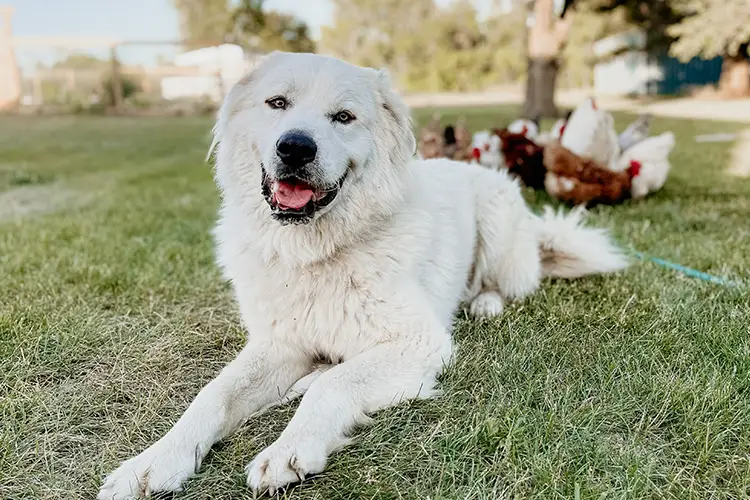
3. Irish Wolfhound
An Irish Wolfhound cuts an imposing figure. Lanky and scraggly-looking with crinkly fur, Wolfhounds look like they come straight out of a storybook. However, there’s nothing to fear with these gentle giants. They’re peaceful, calm, loyal, and enjoy looking after their owners. Despite their size — they can grow up to 180 pounds — Irish Wolfhounds are quiet and easy to train.
Pros:
- Their appearance makes them amazing protectors and guardians
- Many will consider them gentle giants, as they are some of the kindest and most affectionate large dog breeds
- Very quiet, making them ideal for people with sound as part of their disorder, like Autism
- Minimal grooming is required, and minimal shedding
Cons:
- The average lifespan is only 6 to 8 years
- Very susceptible to disease, and this can cost a lot of money
- Cannot handle being scolded and will become depressed, so you have to train and handle with more care than other large breeds
4. Newfoundland
A Newfoundland dog looks like a big, fluffy teddy bear, which makes people want to hug this large breed dog. A male Newfoundland can weigh up to 150 pounds and look a bit intimidating, but they’re actually a gentle breed. These dogs have a reputation for being watchful and docile with children and having a calm temperament. Rarely anxious or afraid, this breed remains calm in all situations and can provide emotional support.
Fun fact: Newfoundlands have webbed feet, making them excellent swimmers.
Pros:
- They are affectionate but not overly clingy, making them perfect for disorders that do not need cuddling or attention all the time
- Amazing for outdoor lifestyles and people who benefit emotionally from exercise, as they love water, hikes, and exercise
- They get along well with other dog breeds and species like cats, so they can acclimate to your home and other emotional support animals
Cons:
- Drooling, shedding, and splashing water bowls around will require constant cleaning
- They are some of the most expensive breeds to maintain as they consume large amounts of food, and they’re prone to large dog diseases
- Much like the Irish Wolfhound, they need consistent positive reinforcement, or they become depressed, which may work against alleviating your symptoms and making them not the best emotional support animal for you
5. German Shepherd
Most people know German Shepherds make excellent guard dogs, but they’re fantastic at giving emotional support, too. German Shepherds are fiercely loyal and bond firmly with their owners. They’re also very intelligent and enjoy human interaction, which is ideal for anyone looking for some company.
Pros:
- Easy to train because of their curiosity, if you want to make your ESA a service dog
- They are loyal to their owners and family, making them great guard dogs
- Energy is built into their breed, making them perfect for active lifestyles
Cons:
- They need constant physical and mental stimulation so they can be a little needy
- Heavy shedders, so you’ll need to vacuum and use lint brushes more regularly
- Training is needed to stop their instincts to go after smaller animals like prey while outside
6. Leonberger
Leonberger dogs aren’t the most well-known dog breeds, but they’re worth considering for emotional support. These dogs bond strongly with their owners and tend to want to be around them at all times. Leonbergers are excellent with children and are easy to train.
Pros:
- Great with other pets and children
- The breed enjoys learning and is naturally cooperative
- They’re very calm and love their families, making them the perfect large dog breed for emotional support animals and therapy dogs
Cons:
- You must have a large space for them to live and play in, as their size demands it
- They are naturally independent, which can become frustrating as they won’t always listen or do as you want
- This breed is emotionally sensitive and will take non-positive reinforcement to heart, causing distress
7. Golden Retriever
Golden Retrievers are well-liked for a reason — they exude a sunny and fun disposition. They’re energetic, loving, and attentive to their owners. Because of their social and outgoing personalities, it’s hard to be around a Golden and remain sad. Don’t let the good looks and perky demeanor fool you, though. Goldens are also highly intelligent and exceptionally easy to train.
Pros:
- One of the easiest large dog breeds to train
- They pick up on your mood more easily than other breeds, helping them to sense when you need support
- This breed loves companionship and will blend easily with your family, other pets, and other neighborhood animals
Cons:
- You will need to exercise them regularly, including runs, swims, and playing games
- They have more separation anxiety issues than other large dog breeds, which can become a burden if you need alone time
- Golden Retrievers require constant mental stimulation, even when you’re not around — you’ll need to buy puzzles, toys, and games for them
8. Bernese Mountain Dog
Bernese Mountain dogs possess a calm and affectionate temperament. Always eager to please their owners, Bernese Mountain dogs don’t shy away from hard work. These dogs are exceedingly obedient and loyal to their families, and they’re protective of any children. Bernese Mountain dogs are perfect for emotional support. However, their thick fur coat and large size make them better suited for homes in cold climates and with a yard.
Pros:
- They are calm and easy-going, making them perfect companions for anxiety, autism, and other disorders that need peace and tranquility
- Great at learning and performing tasks, making them a good option for therapy dogs
- This breed is very gentle and has nurturing instincts, so they are perfect for homes with children
Cons:
- Not heat tolerant, so they will not do well in hot climates
- Their thick double coats require regular brushing and grooming
- You’ll be spending more time cleaning up drool and shedding, as this breed tends to do both more than other large dog breeds
9. Black Russian Terrier
Not all terriers are small. The Black Russian terrier can grow up to 140 pounds and was intended by the Soviet Union in the 1930s as a potential guard dog. The Russians bred loyalty and a protective instinct into these dogs, which remains today. However, rather than being anxious or aggressive, these dogs are calm. With its thick black fluffy coat, a Black Russian Terrier is ideal for hugging.
Pros:
- They make great guard dogs as they instinctively want to protect their families
- Their coats do not shed as much as other large dog breeds
- There is a built-in passion for learning to perform tasks, making them easy to train and excellent therapy dog candidates
Cons:
- With high maintenance and a dominant attitude, they are not good options for first-time dog owners
- You will have to socialize this breed more than other large dog breeds like Goldens and Labradors
- Their puppy phase, when they’re most destructive, lasts longer than other large dog breeds
10. Great Dane
Great Danes are known as the “Apollo of Dogs” because of their size, temperament, and appearance. Rather than “cute” or “adorable,” words to appropriately describe a Great Dane are “stately” and “regal.” This breed is protective of its home and family, but also friendly with humans and other dogs.
Pros:
- Very low maintenance due to their short coats and lack of shedding
- They love their humans and will want to cuddle with you
- Once the puppy stage is over, they are calm and relaxed, keeping your house calm if you want to avoid being startled
Cons:
- This breed is clumsy, when you add in their size, you should expect them to bump into and knock things over accidentally
- Their size means they will eat more and cost more in upkeep
- You will need a large home and exercise space, as their size requires it
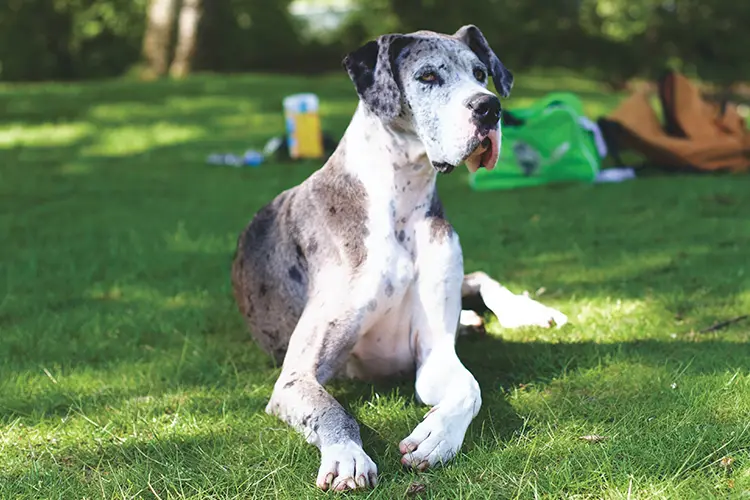
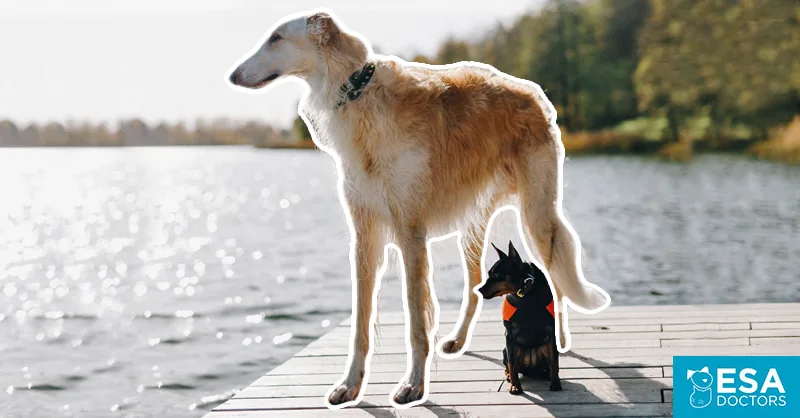
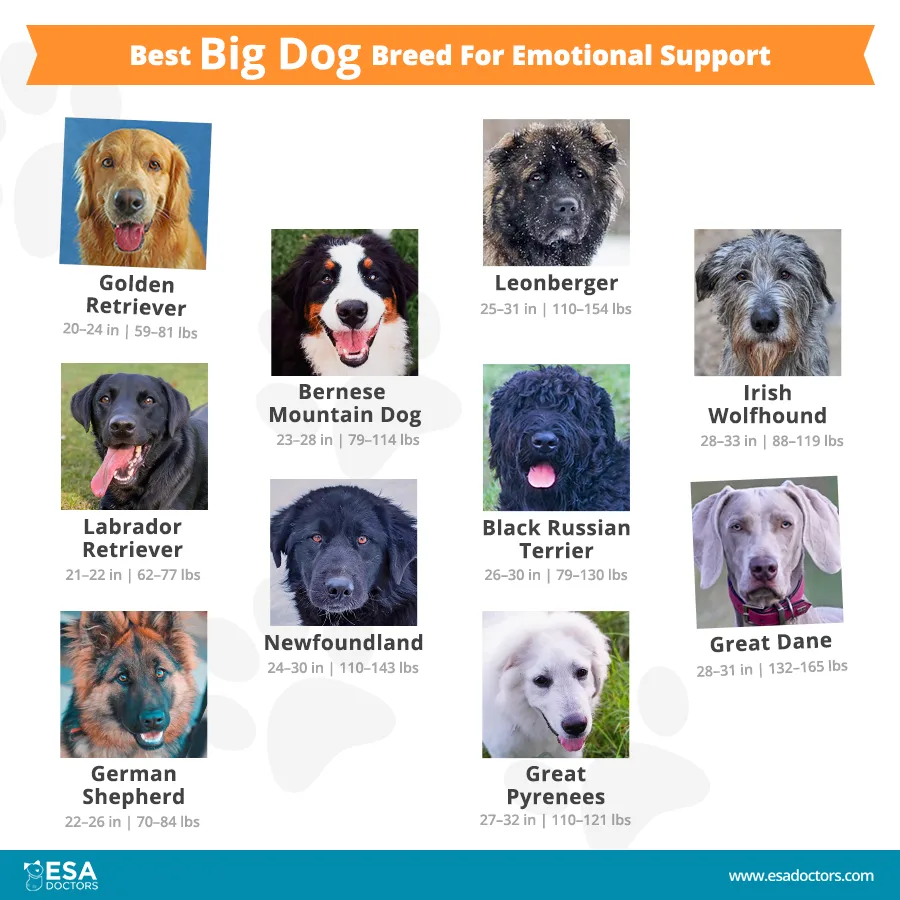


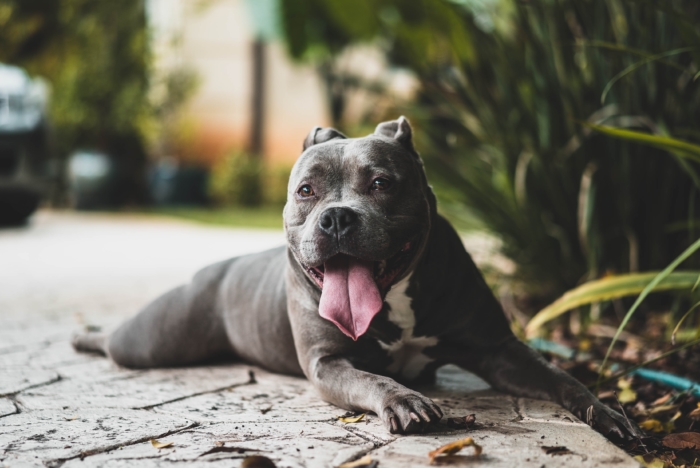
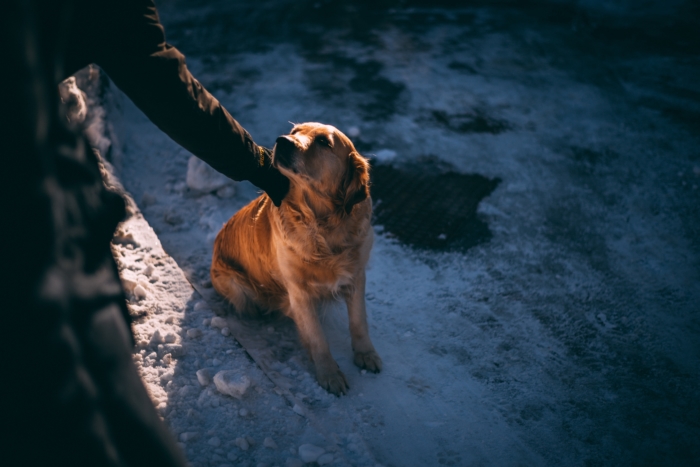
Leave a Comment